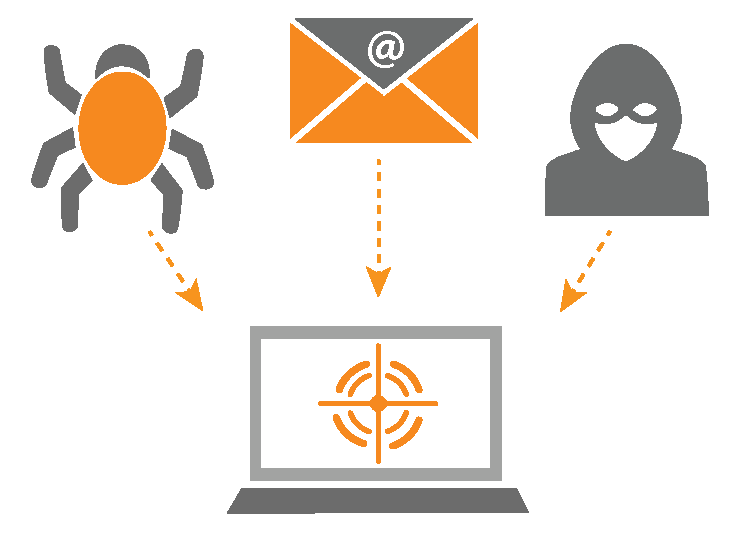- Sales: (888) 204-0822 | Office (954) 935-8800
- Home
- Products
- Cyber Security Services
- Call Center Software
- CallMiner Speech Analytics | Redaction
- Google Assistant
- Conversational Ai Bot
- Oracle Digital Assistants
- SMS Marketing Services
- CRM Software
- BeyondTrust – Privileged Access Management
- IR Prognosis | VoIP Network & Telco Load Testing
- CTI Connector
- Speech Regonition & Text-to-Speech
- Workforce Management Software
- Business Process Software
- Call Center Software Marketplace
- Services
- Cyber Security Services
- Technical Support
- Google Assistant DialogFlow Services
- Online Training
- Testing Solutions from IR Webinar – Read our customer’s successes!
- Hire Developers
- Solutions
- Get Price Quote
- Contact Us
- About Promero
Virtual CISO
Detect targeted attacks and ransomware anywhere in the network with UnderDefense
On-going or on-demand
– Ramp up a secure product
– Set up security processes
– Meet compliance
– Provide strategic direction
– Build cost-effective SDLC model
– Prevent social engineering attacks
– Establish Incident Response processes
– Biilding a customed RoadMap tailored for your company needs
– vCISO as your dedicated person continuously sets up, maintains and enhances controls and processes
– Establish security leadership in the company
– Set up security education program with perpetual social engineering checks
– Develop Incident Response program
– FinTech Startups
– Financial Services
– SMBs
– Insurance groups
– Healthcare
– Retail companies
– Investment firms
vCISO security program steps
Our Security Advisory Program is deployed in the following format:

Security Assessment

Security Operations Development

Security Talent Allocation/Training

Threat Modeling
– Information security leadership
– Guidelines & Best Practices
– Governance and Compliance
– Security Point-of-Contact for All Issues
– Steering committee leadership or participation (engaging the client/management/board)
– Security policy, process, and procedure development
– Incident response planning
– Security training and awareness
– Planning Security assessment
– Planning Penetration testing
– Planning Social engineering
– Analyze results of Vulnerability assessments
– Risk assessment
– Conduct initial planning, such as establishing timelines, document scope and confirming your objectives
– Conduct an initial IT security audit and Gap analysis
– Determining level of acceptable risk, identifying critical assets
– Aligning your business strategy with IT security policies
– Conduct regular and thorough information gathering sessions
– Define and develop key IT security policy components
– Remote Access policies and process
– Third-Party security controls
– Security operations processes
– Identity & Access Management
– Personnel Security and Training
– Security architecture and design
– Information security leadera
– Presentation of the recommended security strategy & roadmap
– A chronological roadmap depicting projects and priority
– High level cost estimates for budgetary purposes
– Answers to any and all questions to ensure successful knowledge transfer
– Communicating business risks, threat scenarios and estimating impact for critical security events with top management
– Documentation discussing identified projects outlining why they are important, and possible consequences if they are not executed
– Assistance with putting a plan on the company’s calendar
– Project planning and execution, identifying suitable third party support and setting up requirements for a successful completion
– Testing implemented policies and procedures actively through practicing them within the organization and continuously optimizing efficiency
– Developing metrics for the organization to evaluate improvements and security progress throughout time
– Conducting security awareness testing and training programs and running continuous assessments to identify weakest links within the organization
ship
– Guidelines & Best Practices
– Governance and Compliance
– Security Point-of-Contact for All Issues
– Steering committee leadership or participation (engaging the client/management/board)
– Security policy, process, and procedure development
– Incident response planning
– Security training and awareness
– Planning Security assessment
– Planning Penetration testing
– Planning Social engineering
– Analyze results of Vulnerability assessments
– Risk assessment
– Conduct initial planning, such as establishing timelines, document scope and confirming your objectives
– Conduct an initial IT security audit and Gap analysis
– Determining level of acceptable risk, identifying critical assets
– Aligning your business strategy with IT security policies
– Conduct regular and thorough information gathering sessions
– Define and develop key IT security policy components
– Remote Access policies and process
– Third-Party security controls
– Security operations processes
– Identity & Access Management
– Personnel Security and Training
– Security architecture and design


